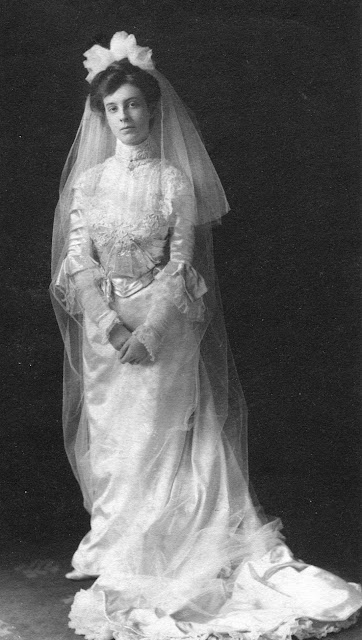This is the week we'll begin the complicated task of repopulating the Lucas County Historical Society museum's Lewis Gallery and Library with fixtures, furniture and artifacts. You may recall that these areas were evacuated earlier this year so they could be repainted and recarpeted, a project funded by a Vredenburg Foundation grant. Now it all has to go back in --- with the exception of a few pieces that have been permanently relocated.
This is when I wish the furniture could speak. I'd like to know more about some of these pieces, including this magnificent mahogany empire secretary-bookcase that because of its scale --- it is very heavy and immensely tall, although the bookcase portion does lift off --- remained in the library throughout the project.
But furniture, of course, really can't tell its own story --- so we have to rely on what others have told us about its provenance. I'm guessing that it's somewhere between 150 and 200 years old, built perhaps ca. 1830-1840.
Until 1984, when it came to the museum, the secretary stood in the front hall of the Larimer-Copeland house on East Auburn Avenue (above), where Rex Johnson and Kay Brown now live. Rex bought the house from Dr. David and Harriett (Copeland) Holman, who sold what had been her family home in order to move to Arizona.
This house in its current form was created during 1903 from the ruins of an earlier home by Harriett's maternal grandparents, George W. and Emma Larimer. Her parents, Howard Custer and Edith (Larimer) Copeland, were the next occupants; and Harriet --- an only child --- inherited the house and its contents from them. Harriett gave the secretary to the historical society.
But it's unlikely that the secretary had been in the house during all those years. Harriett recalled that it had belonged to her uncle and aunt, Dr. Charles M. and Sue Darlington (Copeland) Whicher (above, in her wedding gown), who spent much of their married life in Des Moines following their 1902 marriage in Chariton. Sue Whicher was Howard Custer Copeland's sister.
It may have been a family piece, or it may just have been a piece acquired by the Whichers after their marriage. Whatever the case, it always has lived in houses with very high ceilings --- a ladder is required to reach the upper shelves of the bookcase.
The Whichers had no children. He died during 1930 and she died during 1942, both in Des Moines. Their permanent residence now is the Copeland-Whicher mausoleum in the Chariton Cemetery. I think it likely that the secretary moved from Des Moines to Chariton upon their deaths, but can't be sure of that.
This really is a magnificent piece of furniture although, as you might expect of something going on 200 years old, a little banged up. A few pieces of veneer are missing, as is part of the locking mechanism that should have kept the bookcase doors firmly closed (they now tend to drift open).
This type of furniture is sometimes called a drawer desk because the writing surface is concealed when not in use behind the large panel at the top of the base. This panel pulls out like a drawer, then is released and drops down to form a broad writing surface that never has been altered.
Doing that reveals a series of small drawers and compartments where papers, writing implements and other items were stored.
There are no "secret" compartments in the secretary --- or at least none that we've found. But the two "books" that flank the central recess come close. These are faced in carved and painted wood. If you stick a hand into the central recess and feel for them, there are finger-sized holes toward the rear to reach through and push these "books" forward to reveal that they actually are vertical file containers.
The secretary has been altered over the years --- a factor I think of its extreme height. It looks a little light-headed to me, so I'm guessing that there once was more to the emblature that crowns it. If you crawl to the top of a ladder and look, the surface there up has less patina than it should. If there ever were more to the top, however, it has vanished.
Tucked into one of the three shallow drawers with curved fronts just below the writing surface are a few sawed off "missing parts." I'm guessing these once extended the feet of the secretary --- making it an couple of inches taller, but can't be sure of this.
It's still a beautiful piece of furniture, and we're lucky to have it. But I really do wish it could speak and tell us more of its story.










No comments:
Post a Comment